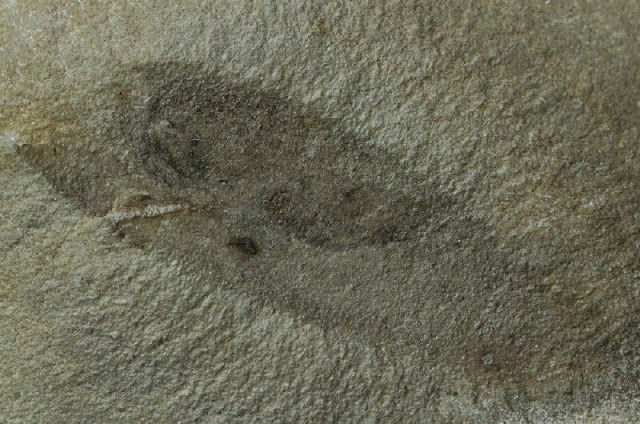This week, Partial Ellipsis of the Sun presents a photo collection of spectacular geological and meteorological images. Firstly, smoke rings from Mount Etna in Sicily, Italy. These images are from Andrew Rader. Mount Etna is erupting for the second time this month. Wow, huh?
Next, this pyroclastic flow deposit is located in "Poseidon's Gardens" on the island of Ischia, Italy. Ischia, just off the coast from Naples and Mount Vesuvius, is dominated by Mount Epomeo. This deposit shows the violent nature of pyroclastic flows and the turbulence and deformation possible within these volcanic features. These volcanic layers were deposited about 10,000 years ago. The layers were deformed as the flow slid down the side of the mountain, or possibly, as the soft sediments were covered by a more viscous lava flow during the same eruption. Oooh la la! {Photos by Drew Patrick.}
From Poseidon's Gardens to "Poseidon's Fury" in these gargantuan crashing waves around Bell Rock lighthouse in Angus, Scotland (photographer unknown). . .Whoa.
Next, this pyroclastic flow deposit is located in "Poseidon's Gardens" on the island of Ischia, Italy. Ischia, just off the coast from Naples and Mount Vesuvius, is dominated by Mount Epomeo. This deposit shows the violent nature of pyroclastic flows and the turbulence and deformation possible within these volcanic features. These volcanic layers were deposited about 10,000 years ago. The layers were deformed as the flow slid down the side of the mountain, or possibly, as the soft sediments were covered by a more viscous lava flow during the same eruption. Oooh la la! {Photos by Drew Patrick.}
From Poseidon's Gardens to "Poseidon's Fury" in these gargantuan crashing waves around Bell Rock lighthouse in Angus, Scotland (photographer unknown). . .Whoa.
And, lastly, from much calmer seas, a large slab of extinct Paleozoic ammonites and belemnites from Morocco (photos by me).
Have you seen a spectacular geologic or meteorologic image this week? Please share a link!
Steph









































